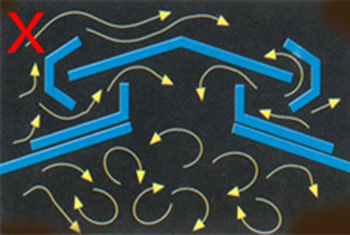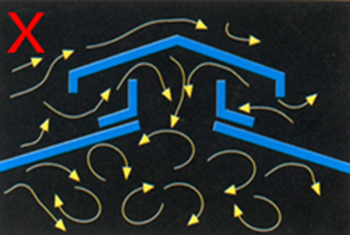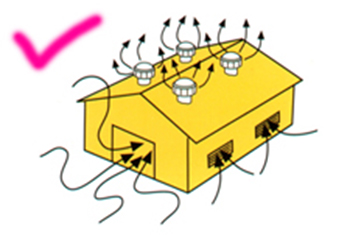Wind turbine ventilators are exactly as the name implies, they are a ventilator that is powered by the wind to create effective ventilation for different industries. This product works on wind assisted ventilation. Turbine ventilators are round metal vents with fins in them. Even just a little bit of wind can be just enough for the turbo ventilator to rotate. The faster the wind, the faster the turbine will rotate and exhaust the heat, smoke, fumes, humidity, etc.
The mechanics involved in the air movement is very simple. The hot air inside the shed tends to rise up. When the turbines rotate, they suck the warm air out through the vent, thereby, bringing out a drop in temperature in the shed and allow supply of fresh air through doors and windows.
The size, number and installation all depend on different factors which include wind velocity, temperature differential, environment conditions, and the size of the building. Turbine vents have been vastly used for many years in residential, agriculture, industrial buildings and warehouses.
When it comes to roof top ventilators, they have several advantages which include that they do not need to be powered by electricity, they are located such that they exhaust the hottest air first, they do not cause any harm what so ever to the environment, they tend to save a lot of money because there is no operating cost plus they are maintenance free.
There are different sizes of wind turbo ventilators that range from 14″ to 36″.Due to the fact that they are located at the highest point of the roof, they are able to give off optimum ventilation. They also have to be strong and anti-corrosive. As they are installed on the top of the roof and would come in contact with rain and birds the ventilators are made to be rainwater and bird proof. The ventilators are also designed in a way that prevents leakage and down draft into the building allowing air entry from the side openings.
Ultimately wind turbine ventilators are pleasant looking, and tend to enhance the architectural looks of the building.




